AN INDEPENDENT FAMILY JEWELLER FOR OVER 170 YEARS
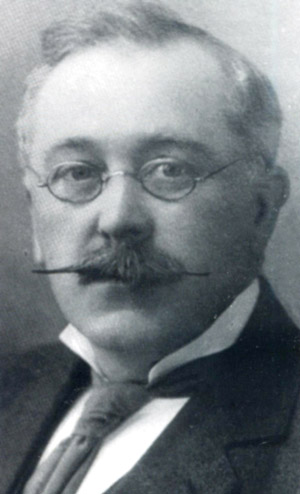
generation of the family
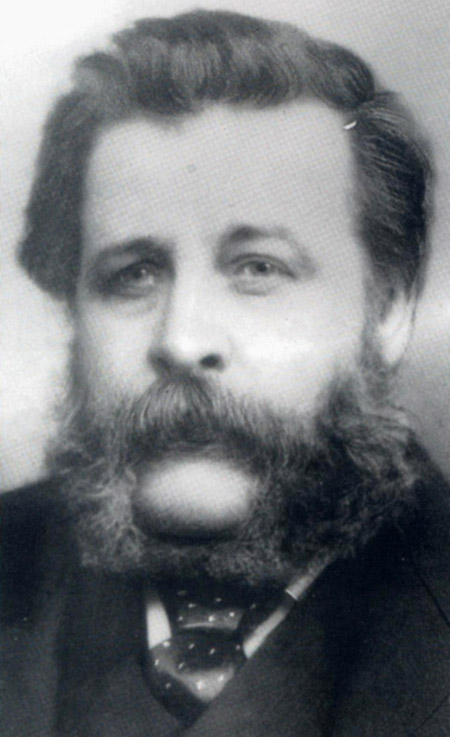
founders of G & F Cope & Co.
The origins of Cope Jewellers can be traced back to 1845 when 2 brothers, George and Francis Cope, established a clock manufacturing business on Holden Street near Canning Circus, Nottingham. They specialised in tower or turret clocks, many of which still adorn public buildings in Nottingham such as St. Mary’s church and Sneinton parish church and, in 1881, a new clock for the Exchange building in the centre of Nottingham. They also created its successor when the Council House replaced the ExchangeBuilding and the original was removed and installed in Trowel church.
In 1877, George and Francis’s young nephew William moved from Dewsbury, Yorkshire to live with them in Nottingham. He served a 7 year apprenticeship with his uncles, starting on a wage of 3 shillings (15p) a week. By 1900, George and Francis had died and William took over the running of the business. He maintained the highest standards of workmanship combined with a progressive business policy. He was what we would call an ‘early adopter’, replacing steam engines with electric motors and installing a telephone in his office. He bought a motor car in 1904 but due to its unreliability continued to use horse transport until 1912.
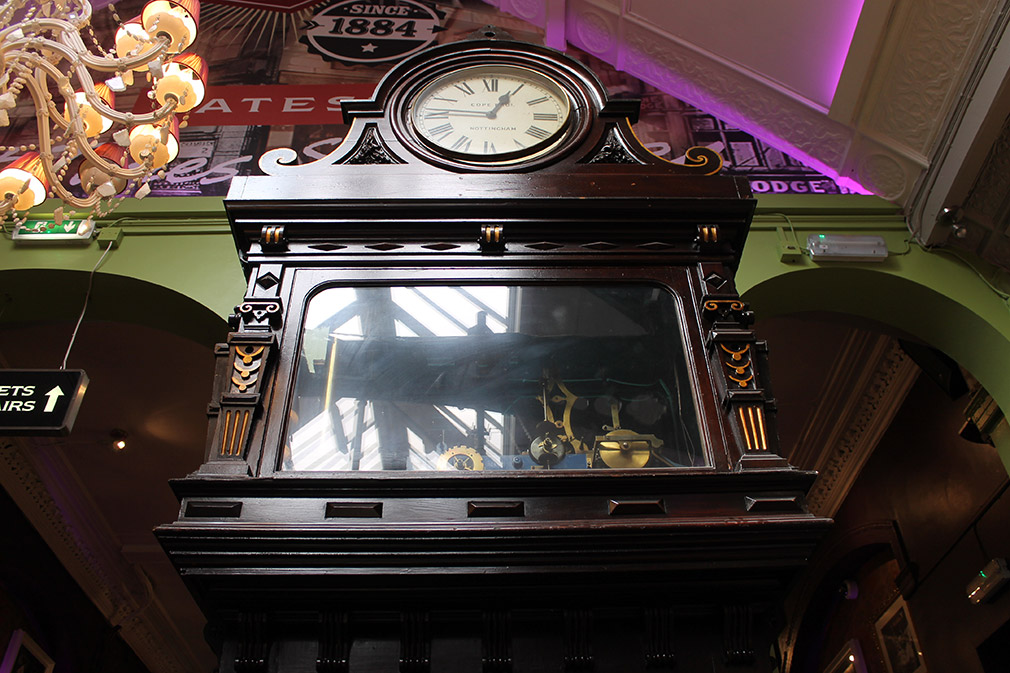
now in Yates’s Wine Lodge (photo by Richard Henley).
As well as tower clocks, the company now produced a large number of high quality domestic clocks. A courtroom clock forms part of the fixtures in the Galleries of Justice, an enormous grandfather clock can still be seen on the balcony of Yate’s Wine Lodge in Nottingham and in the reception area of John Pye auctioneers in Radford, Nottingham an ornate, wall-mounted clock.
William died a relatively young man in 1922. His son, William W. Cope, known as Bill, had barely completed his own apprenticeship when he assumed control of the business, however he was a gifted engineer and clockmaker and was ably assisted by an experienced team of craftsmen. During this period the Holden Street works produced some of Cope’s most impressive clocks, including the Lever House Clock, Blackfriars with a 15ft dial and the clock on the University of Nottingham’s Trent Building with four 9ft dials and chiming on 2 ½ tons of bells. In fact, Cope clocks can be found all across Nottinghamshire, including The Hicking Building, London Road, West Bridgford Grammar School and Plumtree church, and as far away as Reykjavik, Iceland and Perth, Australia.
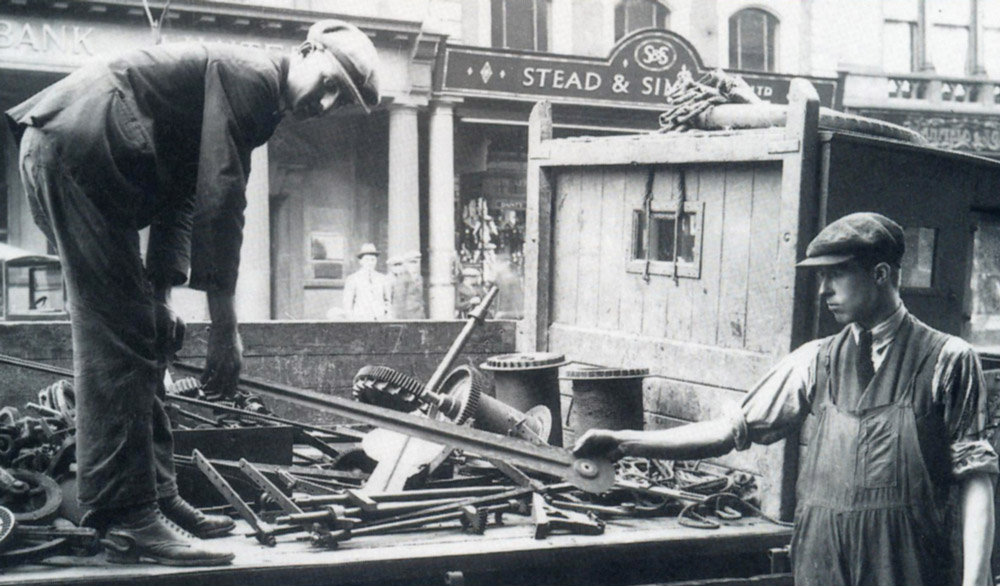
In 1928 the company was asked to design and build a great clock to be installed in the giant dome that would surmount the new Council House in the centre of Nottingham. This was Bill’s masterpiece and all his skill and expertise was devoted to the manufacture of this clock. This superb clock, after 100 years, is still running smoothly and remains the heartbeat of the city centre. The clock mechanism is purely mechanical, with a large gravity escapement that needs winding by hand weekly. The strike/chine mechanism is governed by an electric motor. The bells were cast by Taylors of Loughborough. The 10 ½ ton bronze hour bell has the deepest tone (E flat) in the British Isles and can be heard up to 8 miles away.
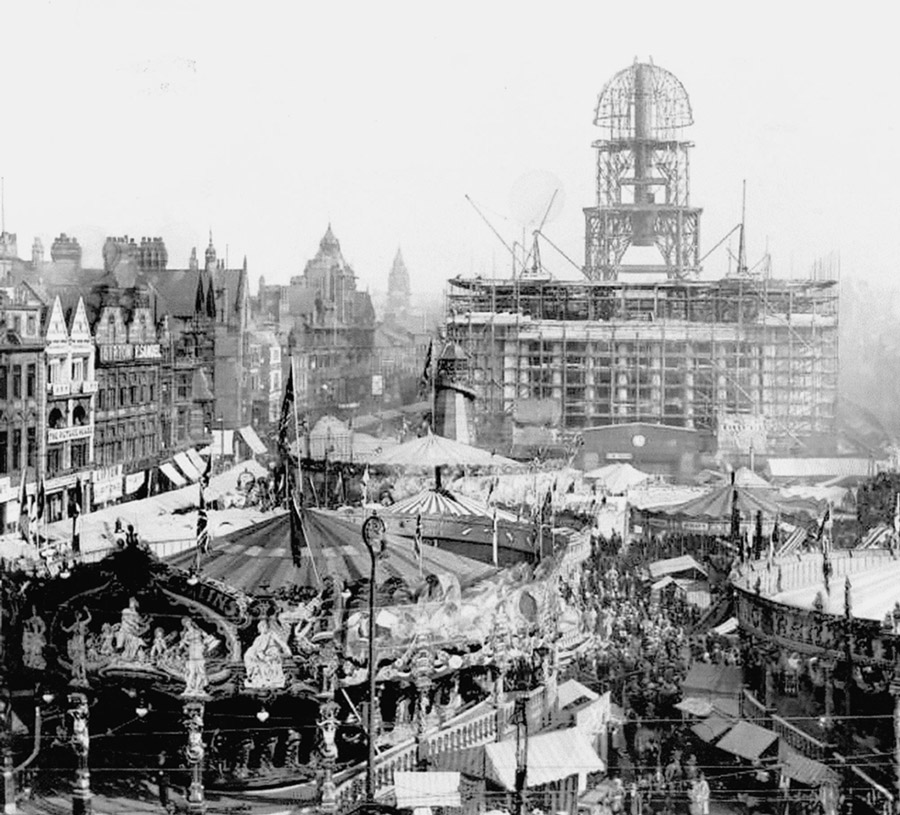
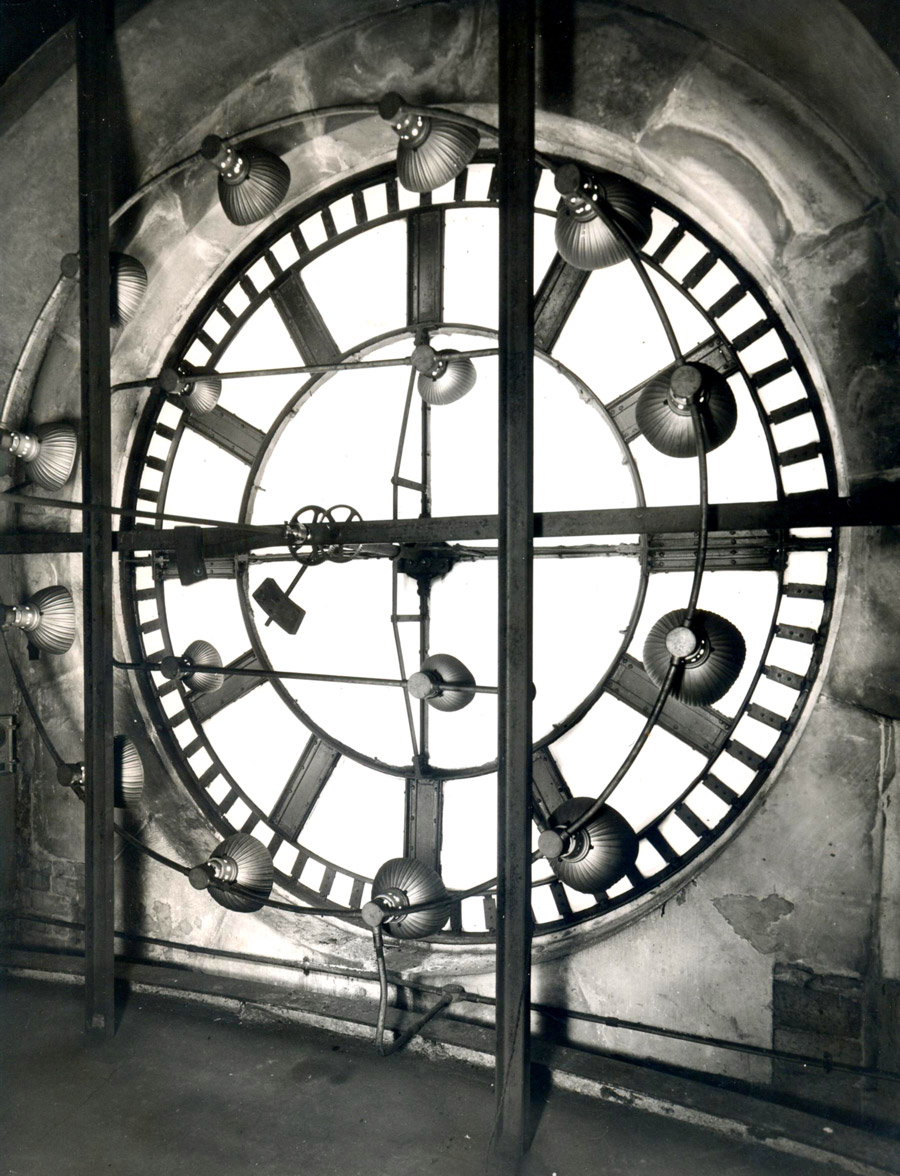
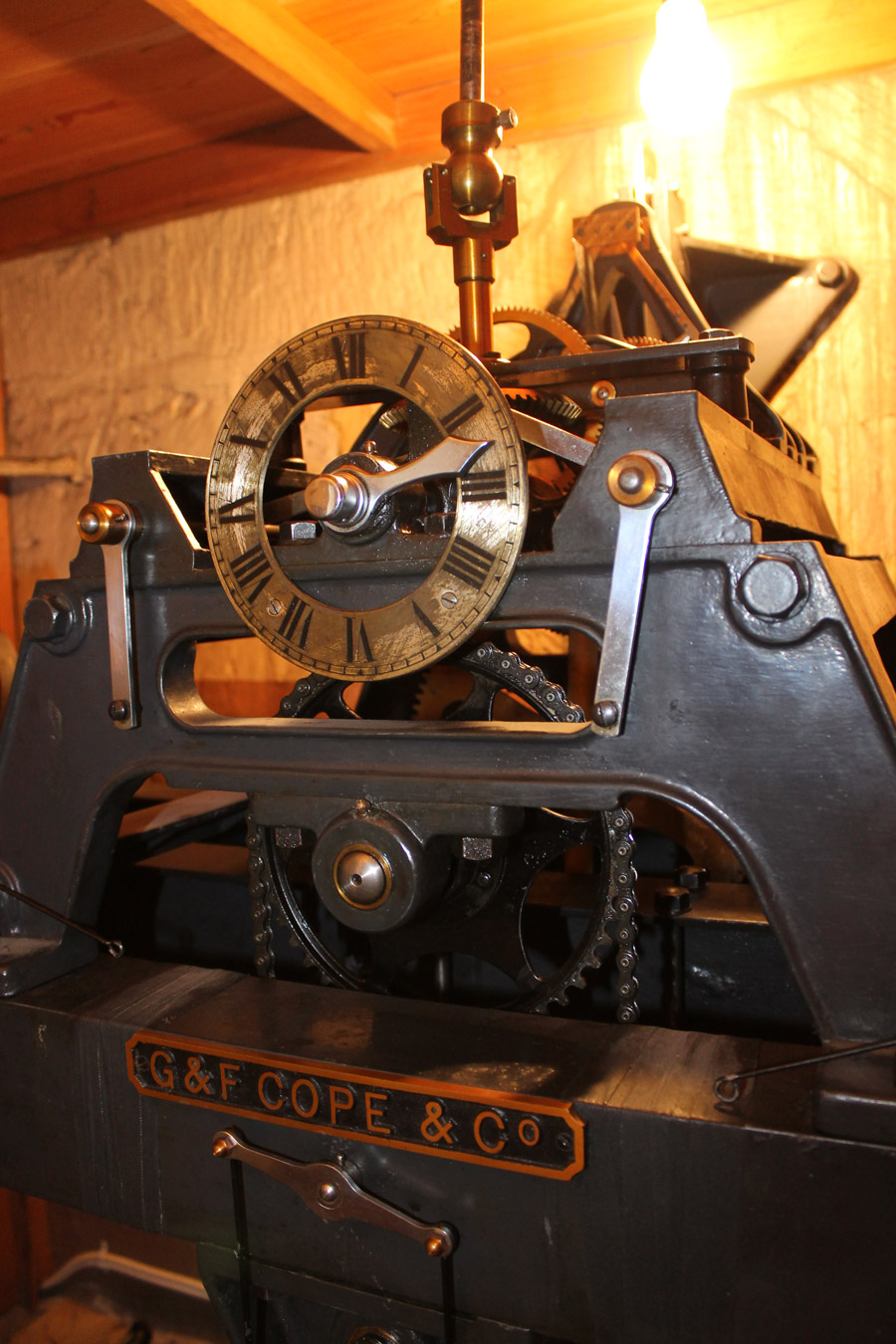
By the outbreak of World War II the company had moved to larger premises nearby on Portland Road and production focused on manufacturing for the war effort. The factory made fuse components and items for the Admiralty such as zig-zag convoy clocks.
After the war the demand for large public clocks declined, however domestic clock production expanded and there was plenty of repair and maintenance work to keep the factory busy. A new clock was made for Lenton parish church in 1950 and, a few years later, an unusual clock suspended from a projecting oak beam for ironmongers Lewis & Grundy, which can still be seen on Victoria Street.
G & F Cope had been selling clocks from the factory for some time but it was in 1923 that they opened their first retail store on Alfreton Road. In 1926 they opened their shop at Elite Corner, Upper Parliament Street, where they are still trading today. Other shops followed in the 1950s in Grantham, Mansfield and Worksop. The Newark branch opened in 1966.
By now Bill Cope’s sons had followed him into the business. First, after an apprenticeship with Ericsson Telephones Ltd, Beeston, David Cope took over the management of the factory which had moved to Prospect Place in Lenton in 1945. However, the late 20th century was a very difficult period for British manufacturing. Mechanical clocks were being replaced with electric and quartz movements, and with Bill Cope having retired, the manufacturing business was sold to Smiths of Derby and the Lenton factory was closed in 1984.
Bill’s youngest son, Richard, had decided that his future lay in developing the retail business. He was trained by the world famous jeweller Gübelin, at their Lucerne shop. It was here that he learned the importance of superb customer service and how the Swiss create a showroom of fine watches and jewellery. He was tutored in diamonds and gemstones by the highly regarded Dr. Gübelin. In 1957 he set up a service department in the basement of the Nottingham shop and introduced some high quality Swiss watch brands. By 1968 the shop doubled in size by taking on an adjacent unit. Richard has been Chairman and President of the National Association of Goldsmiths, President of the British Horological Institute and Master of the Worshipful Company of Clockmakers. Although Richard is now retired he still takes a keen interest in the business and is Chairman of the company.
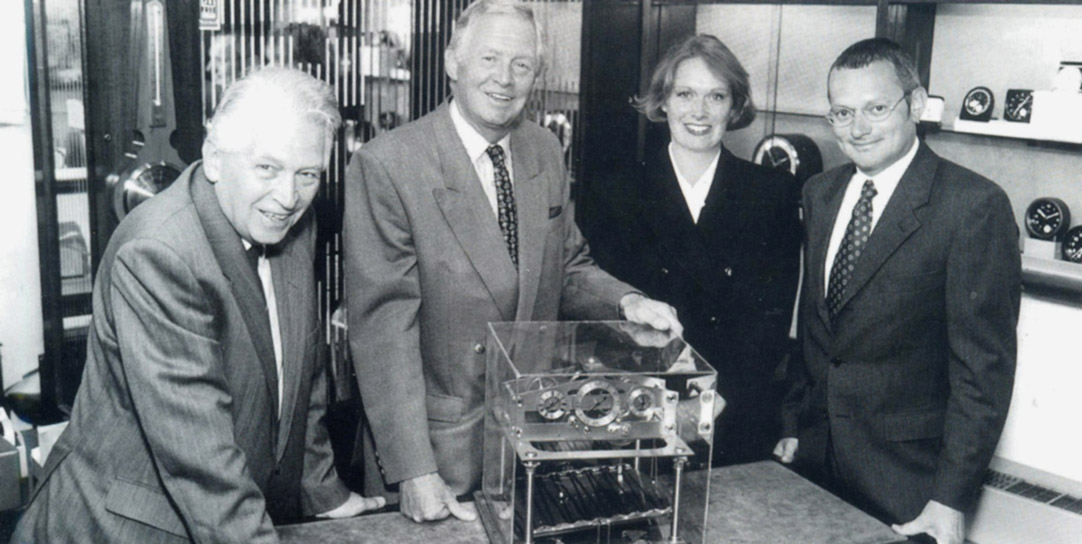

Nottingham (photo by Richard Henley).
In 1979, Richard’s daughter Susan joined the firm, initially working in Newark then Nottingham, and now she manages the Newark branch. She is a Fellow of the National Association of Goldsmiths. With over 36 years of experience, Susan is the longest serving member of staff.
Richard’s eldest son Andrew joined in 1985, he is Managing Director and based in Nottingham. Andrew studied gemmology in the Birmingham Jewellery Quarter and qualified as a prize-winning gemmologist in 1989. In the same year Cope Jewellers became members of the Company of Master Jewellers which allowed them to enjoy the benefits of a large multiple retailer whilst retaining their independence. For many years they have also been members of the National Association of Goldsmiths who provide specialist training and education for all of the staff.
In recent years the 6th generation of the family, Susan’s daughter Hannah joined the company. She has worked in Nottingham and Newark branches/all 3 branches and has just gained her Professional Jewellers (JET 2) diploma. She now runs the Pandora store in Newark, opened by Andrew and Susan in March 2015.
Cope Jewellers have a unique history and heritage that they are enormously proud of. Over the years there have been many changes and they have evolved from a Victorian manufacturer to a modern 21st century retailer. But they are still very much a family business and the traditional values of quality, reliability and craftsmanship, that their eminent ancestors held dear, are equally as important and evident 170 years since the company was established.




